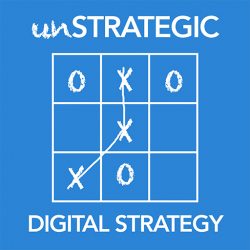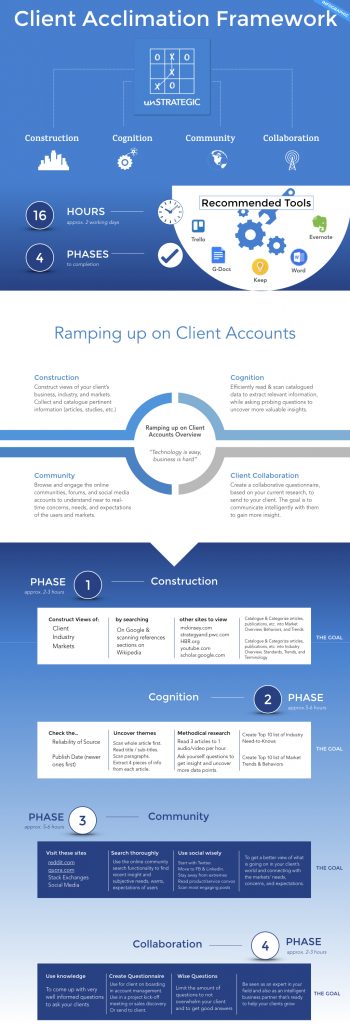Hey everyone – things are a bit uneasy right now. Maybe you or someone you know has been affected by COVID-19 (directly or indirectly). Many Americans are out of work due to businesses and companies shutting down. And there are millions of people out there that are dealing with the fear of uncertainty about what will happen tomorrow or the next day.
In the midst of this ambiguous future, I wanted to share some resources for my upcoming podcast episode about skilling up during a pandemic.
First, now is a great time to ramp up, skill up, or learn something new in the digital space. Depending on what you’re passionate about, you can find many available resources and courses online — many of which are free and I’ll list here.
Second, if you find yourself out of work due to COVID-19, then make sure to check with your state about offering unemployment benefits even if you’re a gig worker or a freelancer or self-employed. Many states are offering pandemic relief insurance and I found a good website at Career One Stop here: https://www.careeronestop.org/LocalHelp/UnemploymentBenefits/unemployment-benefits.aspx – which will drill down to individual state unemployment insurance.
Free Skills Development
While we are all social distancing and locked (sort of) in our homes away from other people, it’s really a good time to start learning more stuff. They say that learning a new skill slows cognitive aging, so go learn something!
Khan Academy: https://www.khanacademy.org/ – we’ll start with Khan – this is a great site that is geared toward math, science, and history. It also has free classes on economics and finances (very important during a crisis), and computer science. This site is ideal for general studies and then some.
Coursera: https://www.coursera.org/courses?query=free – Coursera has a wide variety of free courses with topics that include arts & humanities, business, data science, information technology, personal development and more. If you’re interested in things like machine learning, human psychology, social media marketing, and more – check out Coursera.
Udemy: https://www.udemy.com/courses/search/?q=free – Udemy is another well-known site that offers plenty of learning classes including how to earn money blogging, cloud computing, growth hacking, leadership, copywriting, and other stuff like nutrition, fitness, etc.
If you’re unsure of where to start with your skills development training, I’d recommend checking out the 3 aforementioned websites and look at the free available classes. See what peaks your interest and go from there.
Skilling up in Marketing Tools & SEO
If you are looking to get better at leveraging marketing tools, then I’d suggest trying out these different courses:
If you are looking to get better in SEO (Search Engine Optimization) then check out these following sites that have opened up much of their training right now:
Career Development
If you’re in the tech field and find yourself out of work due to the Coronavirus or just want to explore opportunities in the digital space, there are a few different sites that I use:
There are lots of resources out there that include career advice, professional development, career coaching, networking strategy and more. If you are out of work, then try to use this time wisely. For those of you who are curious about what tech trends are shaping the business world (and may be worth developing skills in to potentially get a job doing), then head over to Future Today Institute and download their 2020 Tech Trends Report.
How to work through skills development?
After you have all your resources and things you want to learn more about, how do you accomplish them? Well, that’s a really good question and one I’m not sure I’ve mastered yet. I have definitely done my share of skipping around from tutorial to class to course to article.
I try to employ a goal setting technique to developing skills or skills learning. I learned this from Tony Robbins when I listened to his goal setting strategies. They were on cassette tapes in the early 2000’s. Basically, you’re supposed to write down all the goals you want to accomplish. So, in this instance you would write down all the skills you want to ramp up on. For example – maybe you want to become a Google Sheet expert, or learn the basics of content marketing, or maybe you want to learn more about on-page SEO. Write all these things down. I use Trello (you guys know it’s my favorite organizational tool), but you could do this in a Word Doc, Evernote, or even on a piece of paper.
Then you can start numbering which ones are most important to you and bang them out in that order, that’s probably the simplest way. Or you can write out the details of why learning that particular skill is so important. And then from there you can categorize them into buckets and tell a story with the new learning material. The path that makes for the best story for you in terms of the opportunity or job you may be seeking is the one you’ll want to take. But whatever that story is – it needs to fit you, and the main goal of the overall knowledge gain. Meaning that you are at point A now (which is your current skillset), you want to get to point B (your ideal skillset) – which path will best lead you there? And that’s something that only you can determine.
Wrapping up with skills development
If you are trying to get a certain role, look up job descriptions from top companies or companies that you are interested in working for. Read up on the skills that job description requires, then work backward from that description and incorporate your learning material.
It’s always good to work on your professional (and personal) development during uncertain times (well…all times, really). But it’s especially important now because we don’t really know how things will land when the dust settles. There’s an old saying “live as if you were to die tomorrow, but learn as if you were to live forever.” I don’t practice the first part of that saying, but I’ve always believed in continual learning. Stay safe, stay healthy, and learn something new!



